Artist: Alphonse Marie Adolphe De Neuville
Date: 1880
Size: 103 x 148 cm
Museum: Rorke's Drift (Natal Province, South Africa)
Technique: Canvas;Oil;Oil On Canvas
The Battle of Rorke's Drift, also known as the Defence of Rorke's Drift, was a battle in the Anglo-Zulu War. The defence of the mission station of Rorke's Drift, under the command of Lieutenant John Chard of the Royal Engineers, and Lieutenant Gonville Bromhead immediately followed the British Army's defeat at the Battle of Isandlwana on 22 January 1879, and continued into the following day, 23 January. The so-called Zulu War came at the moment of greatest British imperial presence in South Africa. Though understood differently today, in 1879 - the year of the event depicted in de Neuville's famous canvas - the violent exchange was seen in terms of Britain's rightful defence of its own colonial prestige. Rorke's Drift was a small outpost on the banks of the Buffalo River in Natal Province. A large Zulu force, having slaughtered around 900 troops and native levies at nearby Isandlhwana, set upon the eighty soldiers of the Warwickshire Regiment stationed at Rorke's Drift. The defenders managed to hold off their attackers, usually characterised as an undisciplined horde, in a bloody hand-to-hand battle of Boys' Own proportions. The subsequent awarding of eleven Victoria Crosses confirmed the heroic dimension of the skirmish, though it hardly explains the interest of a Parisian Salon painter in this quintessentially English subject. De Neuville based his pre-cinematic version of events on military reports and survivors' accounts.
Artist |
|
|---|---|
Download |
|
Permissions |
Free for non commercial use. See below. |
Alphonse Marie Adolphe De Neuville – Most viewed artworks
|
This image (or other media file) is in the public domain because its copyright has expired. However - you may not use this image for commercial purposes and you may not alter the image or remove the watermark. This applies to the United States, Canada, the European Union and those countries with a copyright term of life of the author plus 70 years.
|
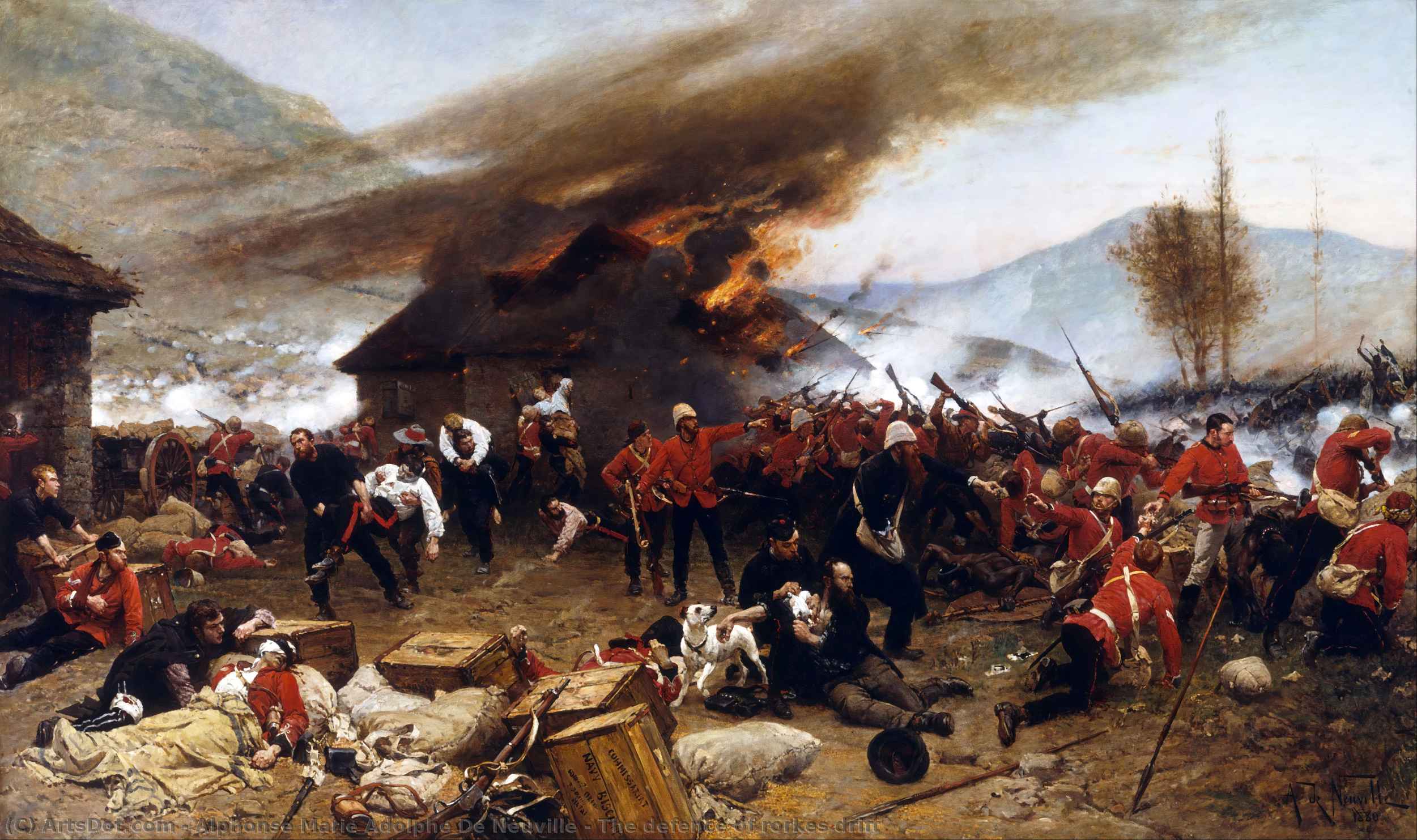
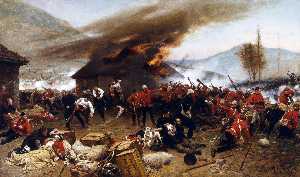

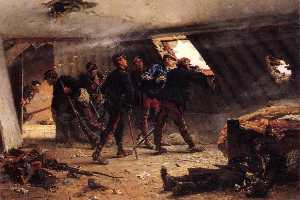
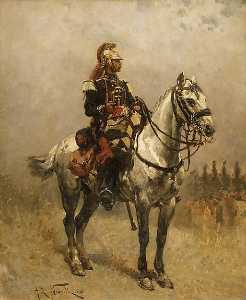
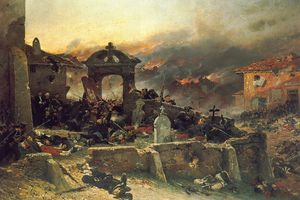
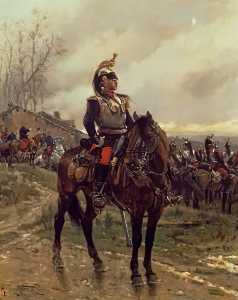

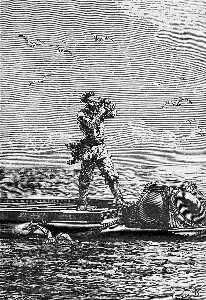
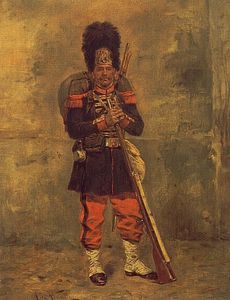
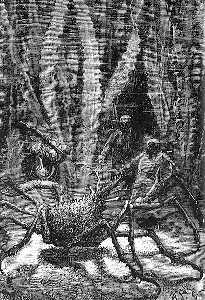
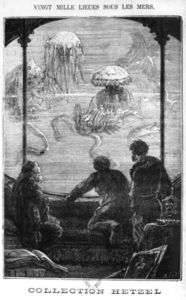
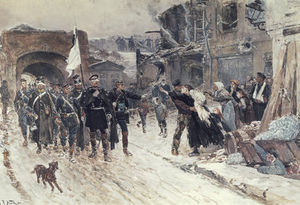

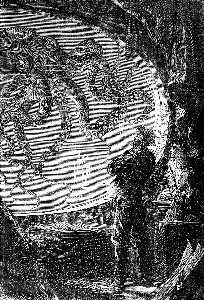
 Note that a few countries have copyright terms longer than 70 years: Mexico has 100 years, Colombia has 80 years, and Guatemala and Samoa have 75 years. This image may
not be in the public domain in these countries, which moreover do not implement the
Note that a few countries have copyright terms longer than 70 years: Mexico has 100 years, Colombia has 80 years, and Guatemala and Samoa have 75 years. This image may
not be in the public domain in these countries, which moreover do not implement the